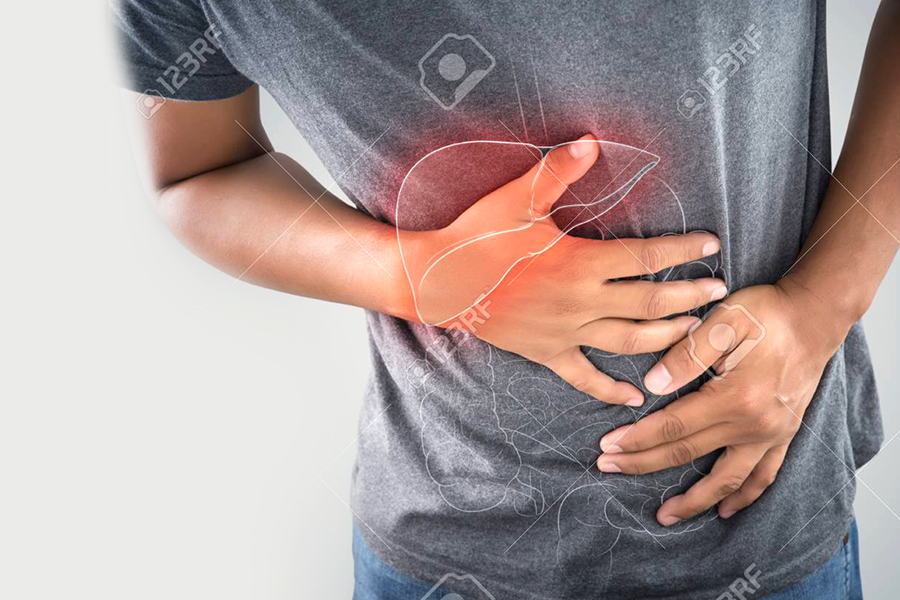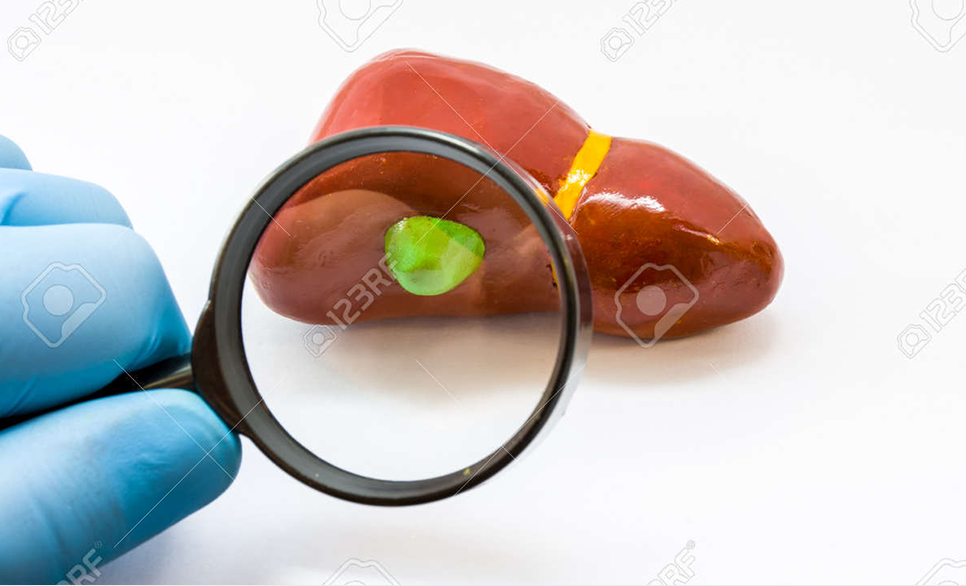- Home
- General Surgery
- Orthopaedic
- Other Specialities
- About us
- Blogs
- Gallery
- Contact
24 Hours Accident, Trauma & Other Emergency Services . . .
Get Free Consultation
Gallstones
The Gallbladder is a pear-shaped organ that sits beneath the liver in the right-upper abdomen. Its function is to store bile. It is attached to the bile ducts that come from the liver. These ducts carry bile from the liver to the gallbladder and intestine where the bile helps digest food. The gallbladder is not necessary to maintain good health.
Gallstones usually form in the gallbladder because of excessive cholesterol in bile. When they cause pain or other problems, the removal of the gallbladder is usually needed. In the past, open abdominal surgery was the standard treatment. This procedure required a 3 to 7 day stay in the hospital and a 3 to 7 inch incision and scar on the abdomen.
What Are The Benefits?
The main benefit of this procedure is the ease of recovery for the patient. There is no incision pain as occurs with standard abdominal surgery. The patient is up and about the same day. In fact, up to 90% of patients go home the same day. The remainder are usually discharged the next day. And within several days, normal activities can be resumed. So the recovery time is much quicker. Also, there is no scar on the abdomen.


